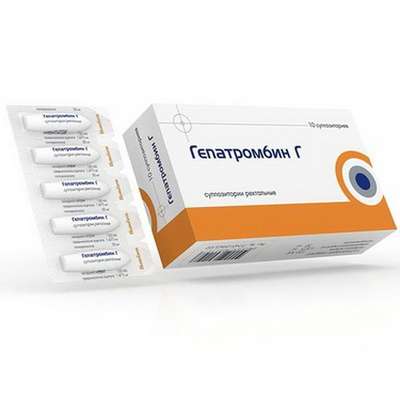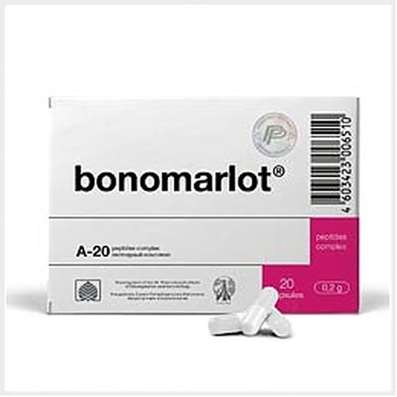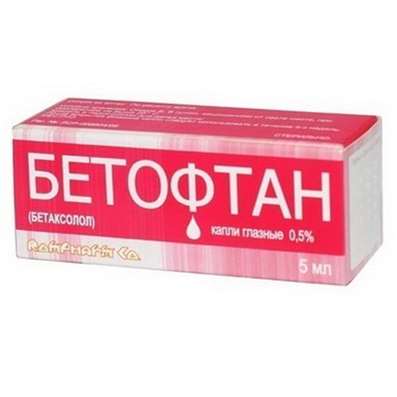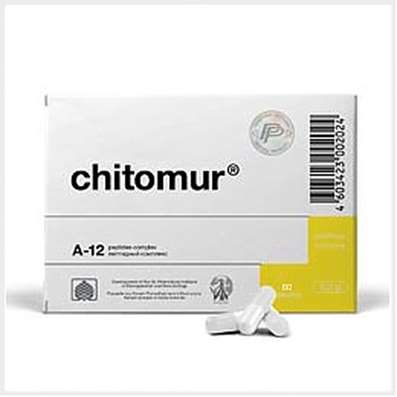Instruction for use: Etomidate
I want this, give me price
Latin name: Etomidatum (genus. Etomidati)
Chemical name
Ethyl (R) -1- (1-phenylethyl) -1H-imidazole-5-carboxylic acid ethyl ester
Gross formula
C14H16N2O2
Pharmacological group of substance Etomidate:
Anesthetic means
The nosological classification (ICD-10)
Z100 * CLASS XXII Surgical practice: Abdominal surgery; adenomectomy; Amputation; Coronary angioplasty; Angioplasty of the carotid arteries; Antiseptic skin treatment for wounds; Antiseptic Hand; Appendectomy; atherectomy; Balloon coronary angioplasty; Vaginal hysterectomy; The coronary bypass; Interventions in the vagina and cervix; Interventions on the bladder; Intervention in the mouth; Restoration and reconstructive surgery; Hand hygiene of medical personnel; Gynecologic surgery; Gynecological intervention; Gynecological surgery; Hypovolemic shock during operations; Disinfection of purulent wounds; Disinfection of wounds edges; Diagnostic intervention; Diagnostic procedures; Cervical Diathermocoagulation; Long-surgery; Replacing the fistula catheters; Infection in orthopedic surgery; Artificial heart valve; cystectomy; Short-term outpatient surgery; Short-term operation; Short surgical procedures; Krikotireotomiya; Blood loss during surgery; Bleeding during surgery and in the postoperative period; Kuldotsentez; laser photocoagulation; laser coagulation; retinal laser coagulation; Laparoscopy; Laparoscopy in Gynecology; CSF fistula; Small gynecological operations; Small surgical procedures; Mastectomy and subsequent plastic; mediastinotomy; Microsurgical operations on the ear; Mukogingivalnye operation; suturing; Minor surgery; neurosurgical operation; Immobilization of the eyeball in ophthalmic surgery; testectomy; pancreatectomy; Perikardektomiya; The period of rehabilitation after surgery; The period of convalescence after surgery; Percutaneous transluminal coronary angioplasty; Pleural thoracentesis; Pneumonia postoperative and posttraumatic; Preparation for surgical procedures; Preparation for surgery; Preparation of the surgeon's hands before surgery; Preparation of the colon for surgical procedures; Postoperative aspiration pneumonia in neurosurgical and thoracic surgery; Postoperative nausea; Postoperative bleeding; postoperative granuloma; postoperative shock; The early postoperative period; myocardial revascularization; Radiectomy; gastric Resection; bowel resection; uterine Resection; liver Resection; enterectomy; Resection of part of the stomach; Reocclusion of the operated vessel; Bonding tissues during surgical procedures; Removal of sutures; Condition after eye surgery; Condition after surgery; Condition after surgery in the nasal cavity; Condition after gastrectomy; Status after resection of the small intestine; Condition after tonsillectomy; Condition after removal of the duodenum; Condition after phlebectomy; Vascular surgery; Splenectomy; Sterilization of surgical instruments; Sterilization of surgical instruments; sternotomy; Dental surgery; Dental intervention in periodontal tissues; strumectomy; Tonsillectomy; Thoracic surgery; Thoracic surgery; total gastrectomy; Transdermal intravascular coronary angioplasty; Transurethral resection; Turbinektomiya; Removal of a tooth; cataract surgery; Removal of cysts; tonsillectomy; Removal of fibroids; Removing the mobile primary teeth; Removing polyps; Removing broken tooth; Removal of the uterus body; Removal of sutures; Fistula likvoroprovodyaschih ways; Frontoetmoidogaymorotomiya; Surgical infection; Surgical treatment of chronic limb ulcers; Surgery; The surgery in the anal area; The surgery on the colon; Surgical practice; The surgical procedure; Surgical interventions; Surgery on the gastrointestinal tract; Surgical procedures on the urinary tract; Surgical procedures on the urinary system; Surgical intervention of the genitourinary system; Surgical procedures on the heart; Surgical manipulation; surgery; Surgery on the veins; Surgical intervention; Vascular surgery; Surgical treatment of thrombosis; Surgery; cholecystectomy; Partial gastric resection; hysterectomy; Percutaneous transluminal coronary angioplasty; Percutaneous transluminal angioplasty; Coronary artery bypass; tooth Extirpation; Extirpation of milk teeth; pulpectomy; pulsative cardiopulmonary bypass; tooth Extraction; teeth Extraction; cataract extraction; Electrocoagulation; endourological intervention; episiotomy; Etmoidotomiya; Complications after tooth extraction
CAS code
33125-97-2
Pharmacology
Pharmacological action - anesthesia.
The mechanism of the effect is associated with GABA -mimetic properties: increased subcortical inhibitory influences and oppression of the ascending reticular formation by decreasing the permeability of nerve cell membranes for incoming sodium ion currents, which leads to disruption of the intersynaptic transmission. Reduces intracranial and intraocular pressure, lowers the concentration of cortisol in the blood serum. Does not depress respiration, although it can cause short periods of apnea, does not affect the release of histamine from the tissue depot and the cardiovascular system. There is no analgesic and miorelaxing activity. After intravenous administration, 76% binds to plasma proteins. Undergoes biotransformation in the liver with the formation of inactive metabolites. T1 / 2 is 75 minutes. Excreted by the kidneys. After IV introduction, anesthesia develops after 1 minute and lasts 3-5 minutes (with a quick exit). The effect can be prolonged by sedatives and repeated injections.
Application of Etomidate
Introductory anesthesia, short-term surgery, diagnostic manipulation.
Contraindications
Hypersensitivity, immunodeficiency states, sepsis, organ and tissue transplantation, pregnancy, breast-feeding.
Restrictions on the use
Children's age (up to 10 years).
Side effects of the substance Etomidate
Nausea, vomiting, increased or decreased blood pressure, tachy- or bradycardia, involuntary muscle twitching, hiccough, allergic reactions; redness and pain at the injection site.
Interaction
Strengthens the effects of neuroleptics, tranquilizers, analgesics, ketamine, hypotensive drugs, alcohol.
Routes of administration
IV.

 Cart
Cart





